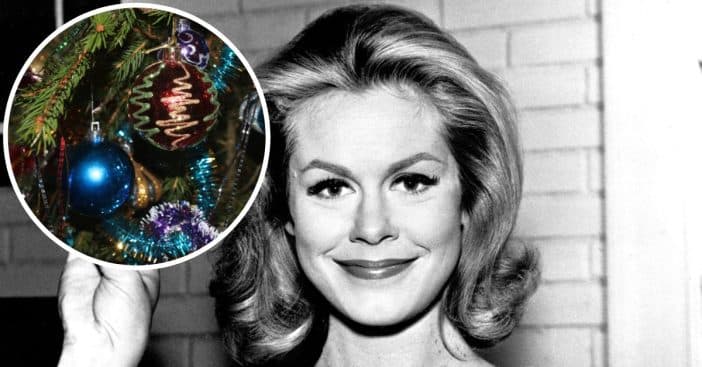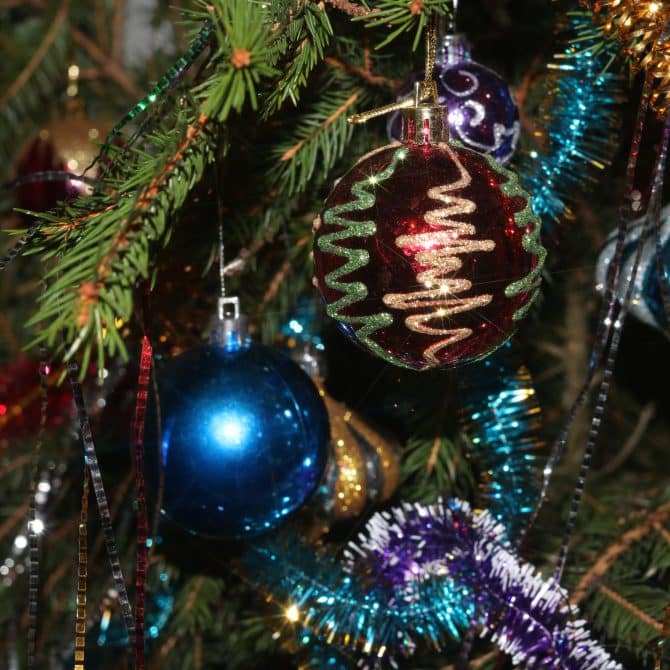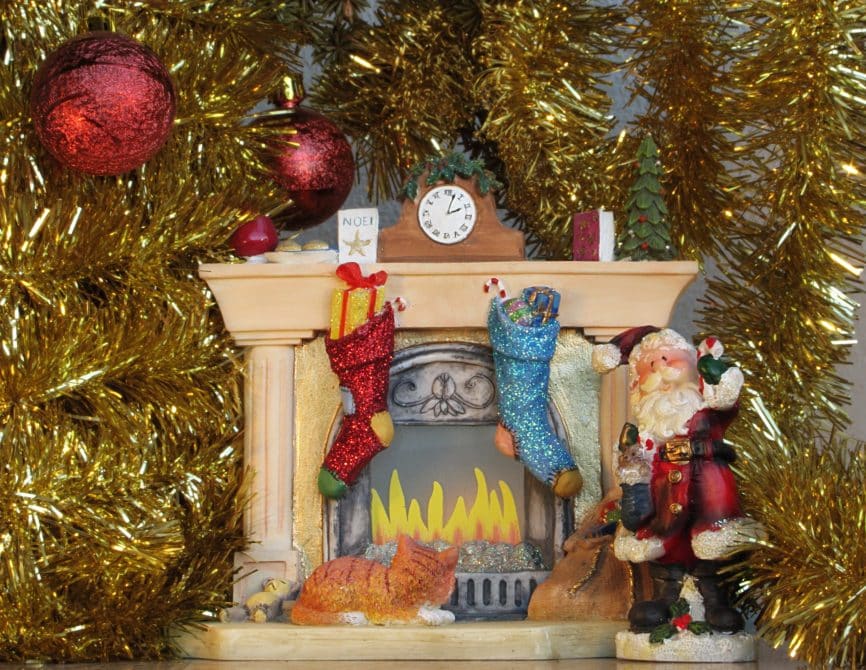
Tinsel are decorative garlands that go on Christmas trees, railings, or even on you for a holiday party; however, a look back in time says otherwise. They used to be long individual strands placed on the tree to look like icicles were dropping from its branches.
Unlike today, the aim was to give Christmas trees a “delicate, lacy look,” which Samantha Stephens explained on the 1967 Christmas episode of Bewitched titled “Humbug Not to Be Spoken Here.” Husband Darrin had complained about being handed the tinsel individually, which was, in fact, the best way to achieve the look.
How to use tinsel

Tinsel looks best when applied correctly and in a specific way; however, reusing it the following year hardly has the same effect as the first use. People would often save their decor for the next holiday, but tinsel is fragile and prone to disfiguration, making it best for one-time use. It is also not eco-friendly; hence, homeowners had to take it off their trees before setting it on the curbside.
RELATED: ‘Bewitched’: Samantha Stephens Shows The Right Way To Display Tinsel
Lacy holiday decorations have slowly gone out of vogue, with festive, themed designs taking center stage today. These days, recyclable alternatives like ribbons are better bets for achieving top-notch Christmas decor; however, nothing beats the dreamy look tinsel gives.

How it became popular
Tinsel is said to have originated from Nuremberg, Germany in 1610 and was used to reflect candlelight on the trees. It started out as thinned strands of real silver — this was expensive at the time and then evolved over the years into a more economical material of less than $5.

Household adoption of tinsel increased after an 1842 photo of Britain’s late monarch, Queen Victoria, her husband Prince Albert, and their children around a decorated Christmas tree became popular. It was later considered harmful due to its lead content as people became more aware of lead poisoning, hence the rise of alternatives.
